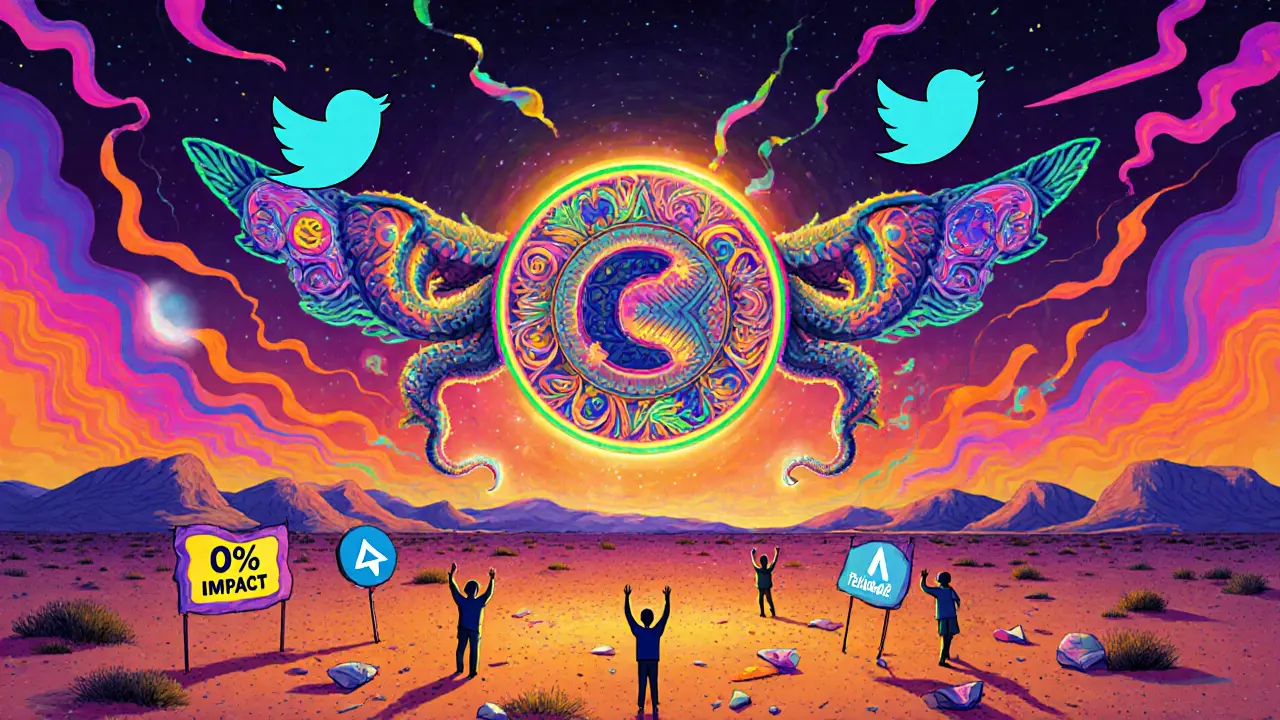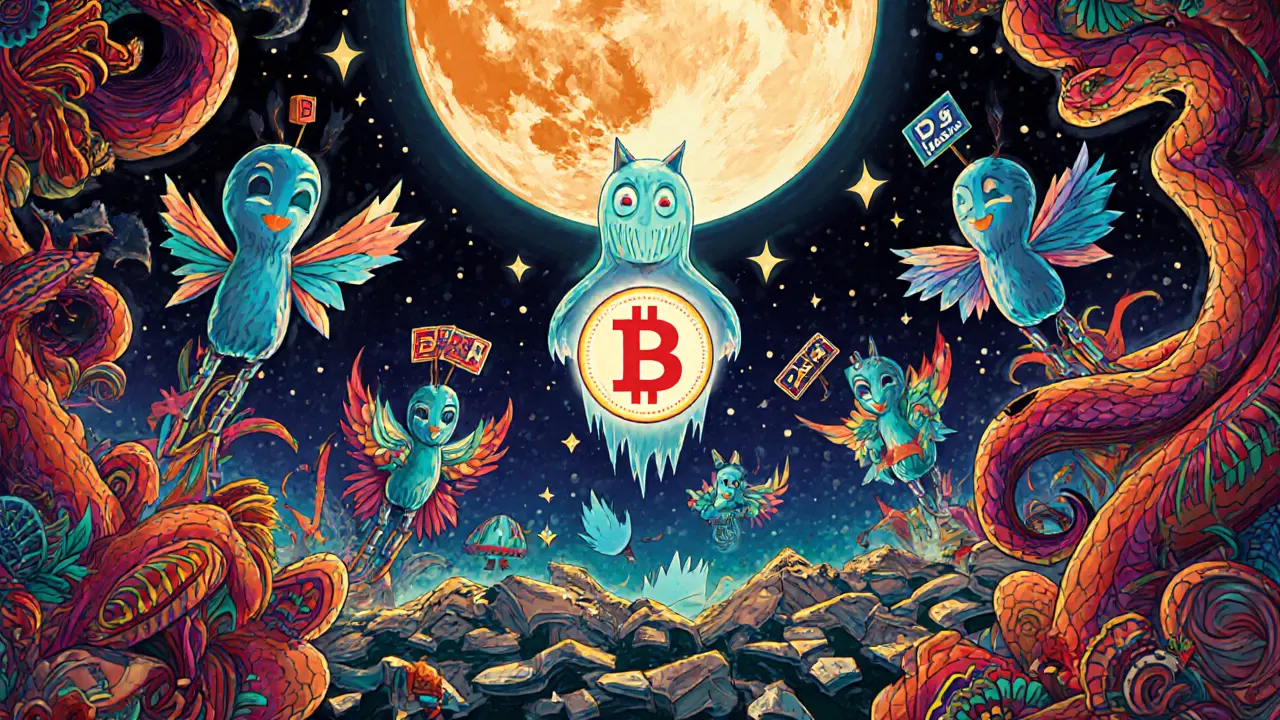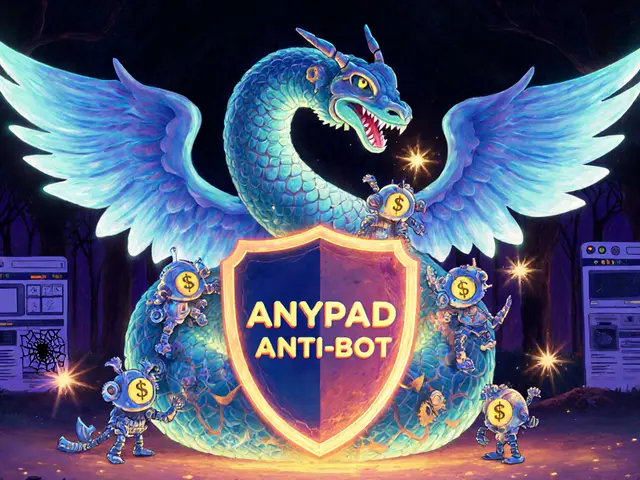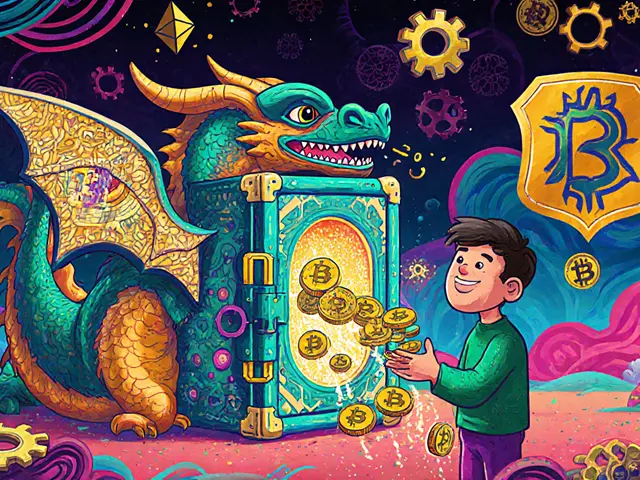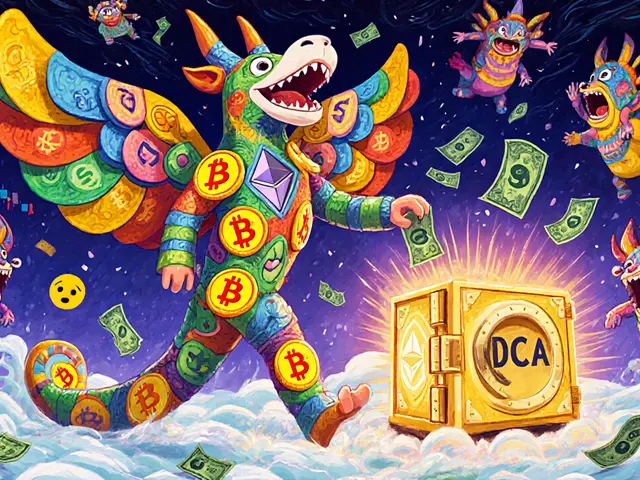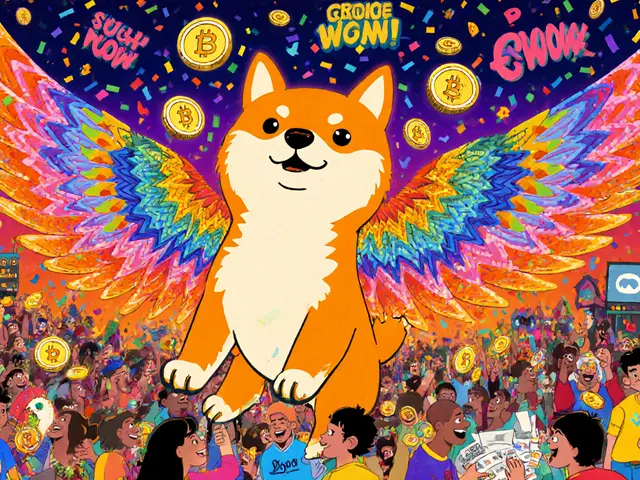Crypto Airdrop: How to Find Real Rewards and Avoid Scams
When you hear crypto airdrop, a free distribution of cryptocurrency tokens to wallet holders, often to grow a project’s user base. It’s not a gift—it’s a marketing tool. Some are real opportunities. Most are noise, scams, or dead ends. You don’t need to chase every one. You need to know which ones actually matter.
A real airdrop reward, tokens given to users who complete specific, verifiable actions like holding a coin, using a DEX, or attending a community event. Often tied to token distribution, the official release of a project’s native currency to early adopters or participants. Projects like SakePerp and Radio Caca ran actual airdrops tied to trading or NFT participation. But look closer: many so-called airdrops have zero follow-through. The token never lists. The team disappears. The wallet address gets abandoned. That’s not a reward—it’s a trap.
Don’t fall for fake airdrops that ask for your private key. No legitimate project ever will. Don’t click links in DMs claiming you’ve won tokens. And don’t assume a big name behind a project means it’s real—look at the chain activity. If a token has zero trades, no liquidity, and no updates for a year, the airdrop was just a way to dump tokens on unsuspecting users. The blockchain airdrop, a transparent, on-chain event recorded on a public ledger, often used to distribute tokens fairly among active users. It’s the only kind worth your time. Real ones leave a trail: transaction history, smart contract audits, community logs. Fake ones vanish the moment you give them your email or wallet address.
What you’ll find below isn’t a list of the latest free tokens. It’s a filter. We’ve pulled posts that show you exactly how to spot the difference between a working airdrop and a ghost project. From SAKE token rewards tied to live trading to the PERA token myth that turned out to be a scam, these are the stories that teach you how to protect your wallet. You’ll learn which events actually deliver value, which ones are just hype, and how to avoid losing time—or money—on the next fake drop.



